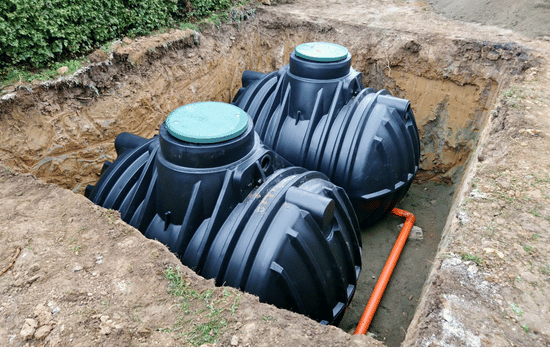
Properties and Overview of PVDF (Polyvinylidene Fluoride)
Overview:
 PVDF (Polyvinylidene Fluoride) is a high-performance thermoplastic fluoropolymer known for its exceptional chemical resistance, thermal stability, and mechanical strength. Its versatility, excellent dielectric properties, and weather resistance make PVDF an indispensable material in industries requiring durability under extreme conditions. Lightweight and easy to process, PVDF is widely used in applications spanning chemical processing, construction, electronics, and renewable energy.
PVDF (Polyvinylidene Fluoride) is a high-performance thermoplastic fluoropolymer known for its exceptional chemical resistance, thermal stability, and mechanical strength. Its versatility, excellent dielectric properties, and weather resistance make PVDF an indispensable material in industries requiring durability under extreme conditions. Lightweight and easy to process, PVDF is widely used in applications spanning chemical processing, construction, electronics, and renewable energy.
Production:
The production of PVDF involves the polymerization of vinylidene fluoride monomers through free-radical polymerization, typically in suspension or emulsion systems. The resulting polymer can be produced in various grades, including homopolymer and copolymer variants, tailored to meet specific performance requirements. PVDF can be processed using traditional thermoplastic methods such as injection molding, extrusion, compression molding, and additive manufacturing, allowing for the fabrication of films, sheets, tubes, and complex components.
Applications:
PVDF's applications are extensive due to its unique properties. In the chemical processing industry, PVDF is used for piping systems, valves, and storage tanks, where its resistance to acids, bases, and solvents ensures long service life. It is a coating material for metal roofs and facades in construction, providing exceptional UV resistance and weather durability. Due to its high dielectric constant and thermal stability, the electronics industry utilizes PVDF for insulation in cables, connectors, and battery separators. PVDF is also used in renewable energy applications, particularly in photovoltaic back sheets and membranes for lithium-ion batteries, where its chemical resistance and lightweight nature enhance efficiency. In the water treatment sector, PVDF is a key material for filtration membranes, ensuring high performance in separating contaminants from liquids. Additionally, PVDF is valued in medical devices and aerospace applications for its biocompatibility, strength, and resistance to sterilization processes.
Summary:
Polyvinylidene Fluoride is a highly versatile and durable polymer that combines chemical resistance, thermal stability, and mechanical strength, making it a critical material in demanding applications. Its ability to perform in extreme environments and adaptability across industries ensure its ongoing importance in modern engineering and manufacturing. As innovation continues to expand the use of high-performance materials, PVDF remains at the forefront, driving technological advancements, sustainability, and industrial efficiency. Its reliability and wide-ranging applications highlight its significance as a cornerstone material in global production.
See a comprehensive list of electrical, mechanical, physical and thermal properties for PVDF (Polyvinylidene Fluoride) below:
Electrical Properties of PVDF (Polyvinylidene Fluoride)
Unfamiliar with a property? Click it's description to be given a full definition in the GLOSSARY
See properties and overview for
ALLOYS and CHEMICAL ELEMENTS
popular in engineering
Require different units not displayed?
CONVERT VARIOUS UNITS HERE
Mechanical Properties of PVDF (Polyvinylidene Fluoride)
Unfamiliar with a property? Click it's description to be given a full definition in the GLOSSARY
See properties and overview for
ALLOYS and CHEMICAL ELEMENTS
popular in engineering
Require different units not displayed?
CONVERT VARIOUS UNITS HERE
Physical Properties of PVDF (Polyvinylidene Fluoride)
Unfamiliar with a property? Click it's description to be given a full definition in the GLOSSARY
See properties and overview for
ALLOYS and CHEMICAL ELEMENTS
popular in engineering
Require different units not displayed?
CONVERT VARIOUS UNITS HERE
Thermal Properties of PVDF (Polyvinylidene Fluoride)
Unfamiliar with a property? Click it's description to be given a full definition in the GLOSSARY
See properties and overview for
ALLOYS and CHEMICAL ELEMENTS
popular in engineering
Require different units not displayed?
CONVERT VARIOUS UNITS HERE
 ADDED TO MY FAVORITES!
ADDED TO MY FAVORITES! REMOVED FROM MY FAVORITES!
REMOVED FROM MY FAVORITES!